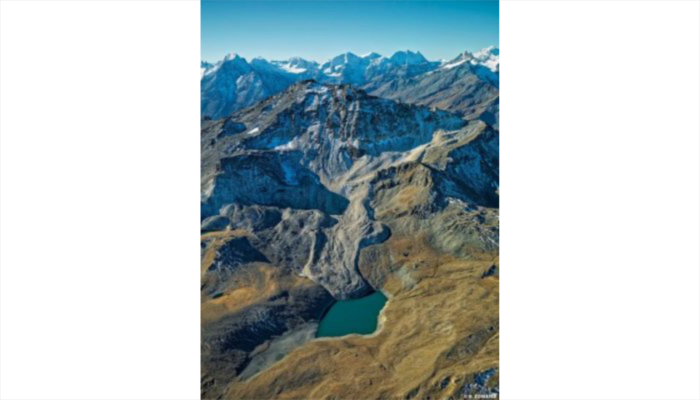When speaking about glaciers and the ice they contain, we generally picture large, clean, and therefore relatively white mountain glaciers… But did you know about rock glaciers? From our Image of the Week, you might notice that they do not quite look like the classic ice glacier you might have had in mind. Indeed, they actually indicate the presence of mountain permafrost, an often poorly understo ...[Read More]
Questions from space: what is snow and what is ice on the Greenland ice sheet?
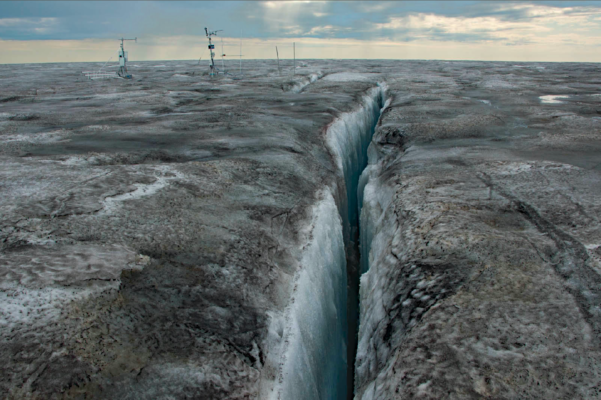
We usually think of a glacier as a white, clean surface. Well, this is only an idealized vision because in reality glaciers are far from immaculate, they can be colored! And this is extremely important since colored (dirty) ice absorbs more solar radiation than clean ice, accelerating melt. One of the places on Earth where it is fundamental to understand these processes is Greenland, where ice is ...[Read More]
The softness of ice, how we measure it, and why it matters for sea level rise
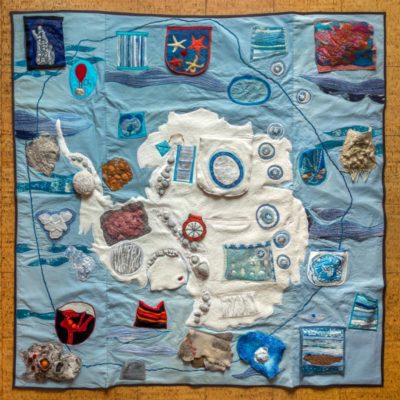
One of the first things school children learn is that ice is a solid, and forms by freezing water. Most people think of ice as brittle–have you ever dropped a slippery ice cube on the kitchen floor, and watch it break and shatter into many pieces? It may be surprising, then, to find that ice can also stretch and squeeze, like a ball of pizza dough! Once deformed, ice is then softer in certai ...[Read More]
The Norwegian Polar Institute
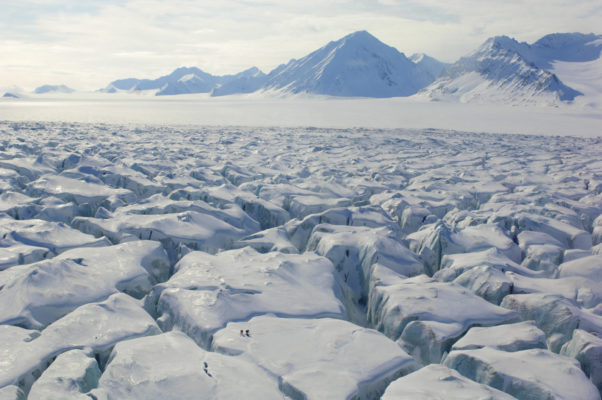
It is a pleasure for the EGU Cryoblog team to present a new post category: Cryo-institutes around the world! There are many institutes working on cryosphere-related research spread around the world. The aim of this new category is to highlight the cool research that is carried out at these institutes, showing off our multi-faceted cryo-related science. In this opening post, Ashley Morris will pres ...[Read More]
Cryo Careers: Should I stay, or should I go? Non-linear career paths
Nature is chaotic and random. Non-linear processes take place in our oceans, atmosphere and ice. No two snowflakes are the same, so why would two careers be the same? In this week’s blog, we highlight a number of scientists who took non-linear routes in their careers and give you some advice if you are considering a career change. Why do we need to highlight different career paths? From a young ag ...[Read More]
Life on the (Ice) Edge: Antarctic Seabirds and Sea Ice
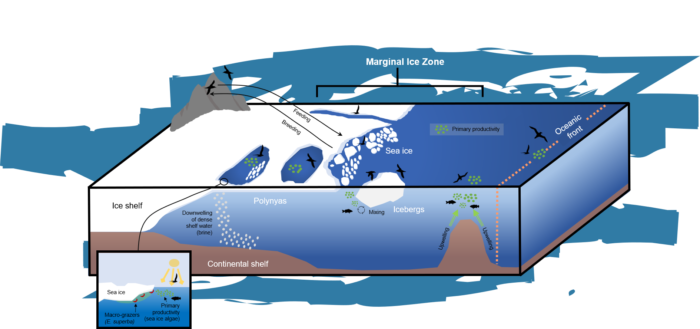
The vast expanse of Antarctic sea-ice may appear inhospitable at first, but the region supports one of the most productive ecosystems on Earth. Amongst the organisms that call Antarctica home, certain seabird species have become so well adapted to the harsh conditions that they not only survive in the region, but flourish. Like all Antarctic organisms, seabirds are intricately linked to the contin ...[Read More]
Image of the Week – Did you know that Arctic sea ice is melting from the bottom?
The current retreat of Arctic sea ice is a major sign of ongoing climate changes. And it could almost disappear during summer in a few decades from now, depending on the amount of greenhouse gases we will emit into the atmosphere. In this context, understanding what are the exact causes of this sea-ice loss is important. One of these causes is the amount of heat transported by the ocean (which dep ...[Read More]
It’s not you, it’s me(lange): ice shelf break-up triggered by mélange and sea-ice loss

Between March and May 2007, a total of ~2,445 km2 (equivalent to over 17 football pitches) of ice mélange (a mixture of sea-ice types, icebergs and snow) and part of Voyeykov Ice Shelf in East Antarctica rapidly broke up. Observations of the timing and triggers of such events are relatively rare in East Antarctica, compared to ice shelves on the Antarctic Peninsula. Recent work highlights the impo ...[Read More]
Women of Cryo III: Women monitoring the Peruvian glaciers
The ruins of a hidden majestic city as Machupicchu in Peru immediately call for our attention. However, there are far more beautiful attractions found hidden amongst the landscape, such as the glaciers, high mountains or the cultural heritage in the area. In South America, glacial bodies are geographically restricted to the Andes, the mountain range that runs across the continent from the tropics ...[Read More]
The “Cliffs Notes” on Ice-Cliff Failure
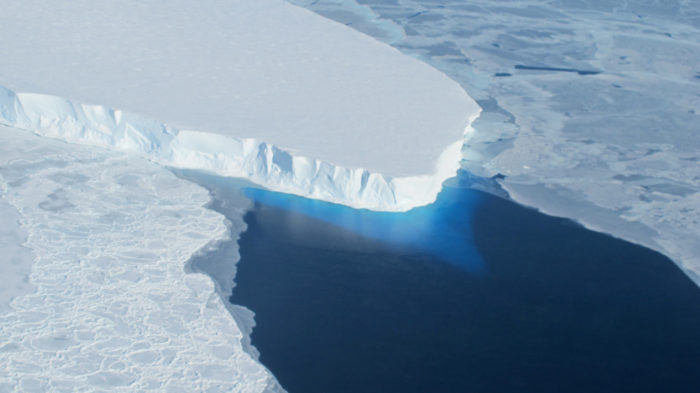
The retreat of large glaciers that drain the Greenland and Antarctic ice sheets could expose immense ice-cliffs at newly-bared calving faces, which are the exposed ends of glaciers where, in these cases, glacier ice meets the ocean. Past a certain height, these ice cliffs will become susceptible to collapsing from high stresses, a process known as structural ice-cliff failure. If a taller ice clif ...[Read More]

